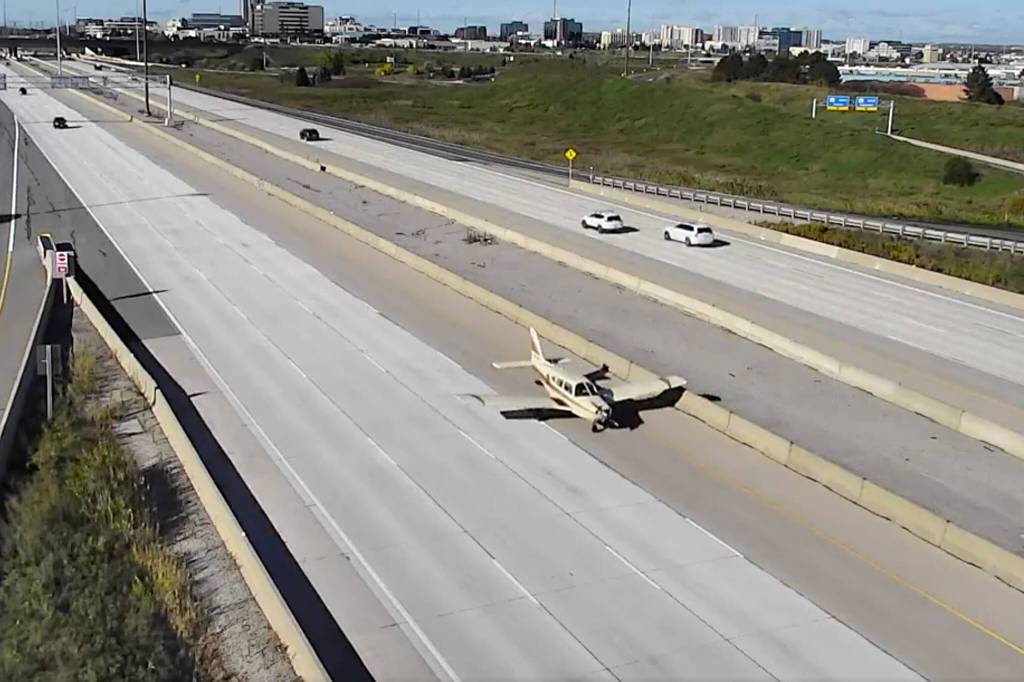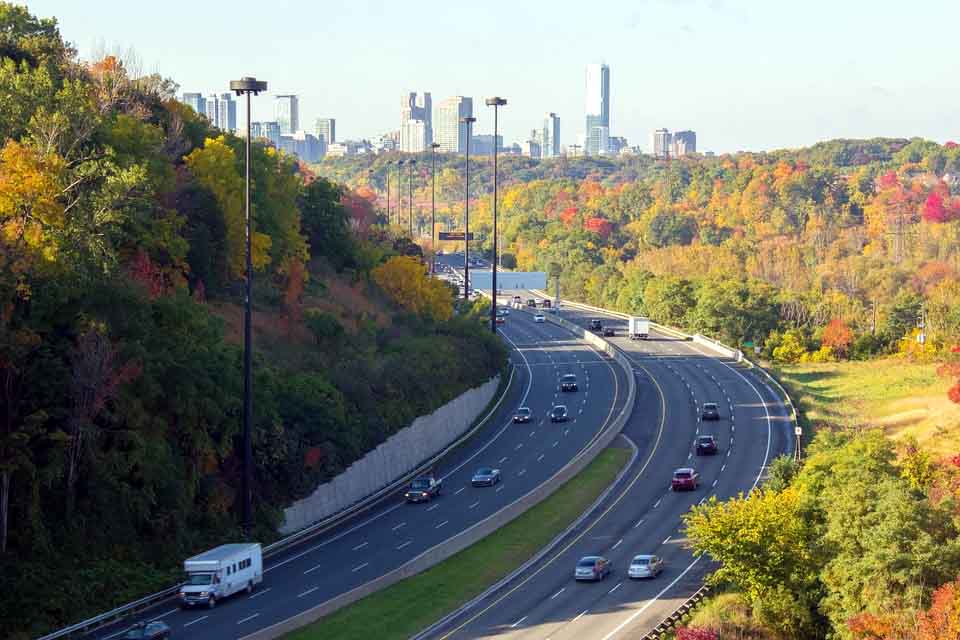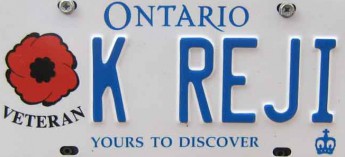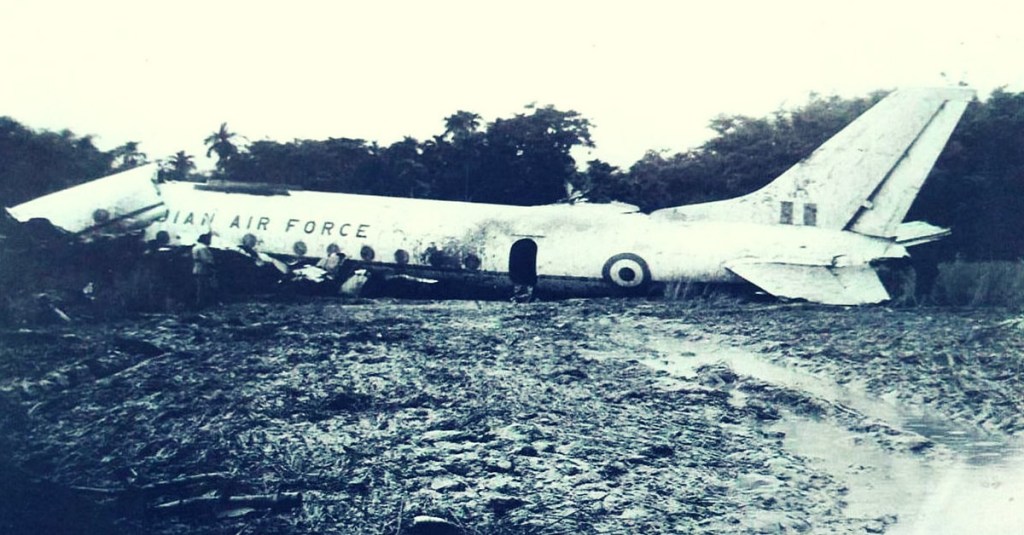On November 16, 2021, Indian Prime Minister Narendra Modi inaugurated Purvanchal Expressway in Uttar Pradesh after landing on the highway airstrip in an Indian Air Force (IAF) C-130 Hercules plane. Kudos to the IAF for executing such a mission. The 3.2 km long airstrip has been constructed on the expressway to facilitate emergency landing by fighter aircraft. IAF carried out a few trial landings on the strip prior to the mission with the Prime Minister on board. The questions that came to my mind were:-
- Is it safe to execute such missions with the Prime Minister on board?
- What was the intended aim from the military/ strategic point of view?
Who can answer my queries the best other than Veteran Wing Commander Avinash Chikte of the IAF, our senior at the National Defence Academy (NDA) – E Squadron? He is former fighter pilot and now a commercial airline pilot. He is the author of two books and many blog posts. He answered my questions. Please read his blog about the incident @ https://www.indiatimes.com/explainers/news/purvanchal-expressway-why-some-highways-are-built-like-runways-554391.html
Why did these questions erupt in my mind?
While in our Grade 11 at school, on November 4, 1977, a VIP flight on the Tupolev-124, the Russian-made aircraft which was christened as Pushpaka by the IAF, crash landed at Jorhat in Eastern India with the then Prime Minister Morarji Desai on board. The Prime Minister was accompanied by his son Sri Kanti Bhai Desai, the director of Intelligence Bureau Sri John Lobo and the Chief Minister of Arunachal Sri PK Thungan.
The aircraft was carrying 11 crew and nine passengers. Five of the crew in the front portion were killed while some of the passengers and other crew were injured. The Prime Minister was unscathed. The plane went down nose first – a deliberate act by the crew in the cockpit in the front part of the aircraft – to ensure they took the main impact of the crash, saving the VIP passengers.
Mr Desai is accredited as the first non-Congress Party Prime Minister of India, but he was the brunt of many teenage jokes at our school. The jokes revolved around his bizarre drinking habit and being born on the Leap Day – February 29, 1896. Babies born on the Leap Day are referred to as Leaplings, Leapers, or Leapsters. The Leap Year must be evenly divisible by 4. If the year can be evenly divided by 100, it is not a leap year unless the year is also divisible by 400.- Year 2000 is a leap years, but 1900 and 2100 are not.
The list of Indian senior politicians who survived such crash landings may interest the readers.
Babu Jagjivan Ram was seriously injured in a BOAC airline crash in Iran shortly before Independence. Babu was lucky to survive the accident in which several people were killed, but was unlucky that he was the only cabinet minister who was unable to attend the Independence celebrations on August 15, 1947.
Sardar Patel too had a miraculous escape. The aircraft carrying him to Jaipur to to attend the inauguration of the new state of Rajasthan, force-landed near Shahpura about 65 km north of Jaipur on March 29, 1949. Although the aircraft was completely damaged, the skill of the IAF pilot ensured that no one was injured.
Other prominent Indian politicians who did not survive an aviation accident are Mohan Kumaramangalam and Madhavrao Scindia. Many Chief Ministers of various Indian states had miraculous escapes – mostly helicopter accidents – with former Maharashtra Chief Minister Fadnavis surviving five of them.
Recent Canadian Incident






Story goes our Cmde. Thayi Hari piloting a Sea Hawk landed on River Palar near Ranipet.
Can anyone expand it,
LikeLiked by 1 person
Excellent inputs.
LikeLiked by 1 person
I am not even going to say, ‘Beg to differ’.
A beginning made, yes. But what’s beyond that???
If a situation arises when airbases become non-functional, better think of heading for the caves.
The specialists and analysts can fill reams of paper about emergency use of roadways by an air force.
The operational airfields have been opened to civilian operations to save the money needed for developing civilian infrastructure elsewhere.
So, the Air Force can head for the roads.
Pre Poll necessity perhaps.
LikeLiked by 1 person